Pedestrian Detection Based on Informed Haar-like Features and Switchable Deep Network
DOI: 10.23977/isspj.2016.11002 | Downloads: 108 | Views: 9102
Author(s)
Gu Lingkang 1
Affiliation(s)
1 College of Computer and Information, Anhui Polytechnic University, Wuhu 241000, China
Corresponding Author
Gu LingkangABSTRACT
As pedestrians usually appear up-right in image or video data, we therefore employ a statistical model of the up-right human body where the head, the upper body, and the lower body are treated as three distinct components. As we incorporate different kinds of low-level measurements, the resulting multi-modal & multi-channel Haar-like features represent characteristic differences between parts of the human body yet are robust against variations in clothing or environmental settings. Then we use a Switchable Deep Network(SDN) for pedestrian detection. The SDN automatically learns features of different body parts. Experimental results on many pedestrian datasets show that the proposed algorithm significantly improves the detection rates at 0.1FPPI compared with the state-of-the-art domain adaptation methods and that it is robust and accurate against cluttered dynamical background, occlusion and the object deformation.
KEYWORDS
Haar-like features, feature extraction, pedestrian detection, Switchable Deep NetworkCITE THIS PAPER
Lingkang, G. (2016) Pedestrian Detection Based on Informed Haar-like Features and Switchable Deep Network. Information Systems and Signal Processing Journal (2016) 1: 7-11.
REFERENCES
[1] Gu Lingkang. Fast pedestrian detection based on feature of local model. Journal of Computational Methods in Sciences and Engineering, v 15, n 3, p 387-393, August 3, 2015.
[2] K. Sohn, G. Zhou, C. Lee, and H. Lee. Learning and selecting features jointly with point-wise gated Boltzmann machines.ICML, 2013.
[3] N. Dalal and B. Triggs. Histograms of oriented gradients for human detection. CVPR, 2015.
[4] P. Viola, M. J. Jones, and D. Snow. Detecting pedestrians using patterns of motion and appearance. IJCV, 63(2):153–161, 2005.
[5] P. Luo, L. Lin, and H. Chao. Learning shape detector by quantizing curve segments with multiple distance metrics.ECCV, 2010.
[6] P. Doll´ar, Z. Tu, P. Perona, and S. Belongie. Integral channel features. BMVC, 2009.
[7] X. Wang, X. Han, and S. Yan. An hog-lbp human detector with partial occlusion handling. CVPR, 2009.
[8] L. Bourdev and J. Malik. Poselets: Body part detectors trained using 3d human pose annotations. In ICCV, 2009.
[9] P. Doll′ar, C. Wojek, B. Schiele, and P. Perona. Pedestrian detection: an evaluation of the state of the art. IEEE Trans.PAMI, 34(4):743–761, 2011. 1, 5
[10] Shanshan Zhang, Christian Bauckhage, Armin B. Cremers. Informed Haar-like Features Improve Pedestrian Detection. 2014 IEEE Conference on Computer Vision and Pattern Recognition, 2014, 126, 947-954.
[11] J. Gall, A. Yao, N. Razavi, L. V. Gool, and V. Lempitsky. Hough forests for object detection, tracking, and action recognition. IEEE Trans. PAMI, 33(11):2188–2202, 2011. 2.
| Downloads: | 1141 |
|---|---|
| Visits: | 118516 |
Sponsors, Associates, and Links
-
Intelligent Robots and Systems

-
Journal of Image, Video and Signals
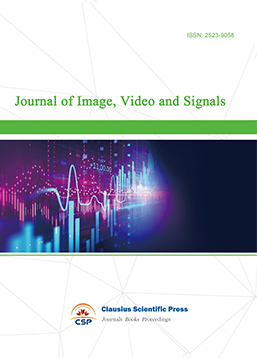
-
Journal of Electronics and Information Science
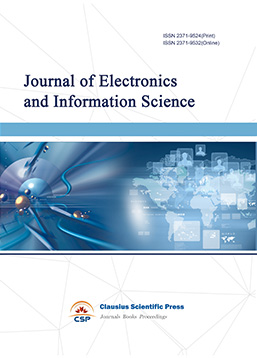
-
Transactions on Real-Time and Embedded Systems
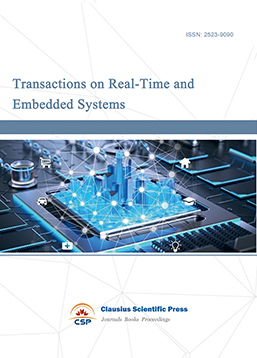
-
Journal of Electromagnetic Interference and Compatibility
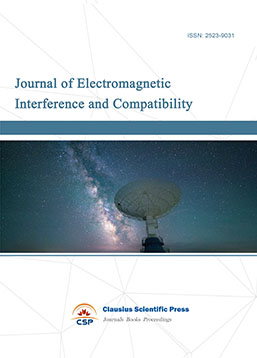
-
Acoustics, Speech and Signal Processing
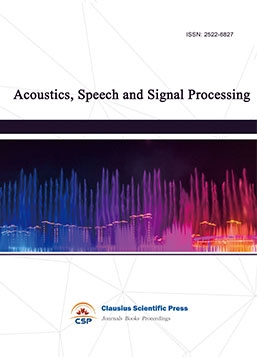
-
Journal of Power Electronics, Machines and Drives
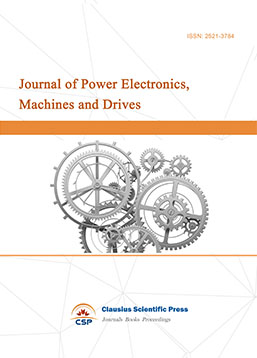
-
Journal of Electro Optics and Lasers

-
Journal of Integrated Circuits Design and Test
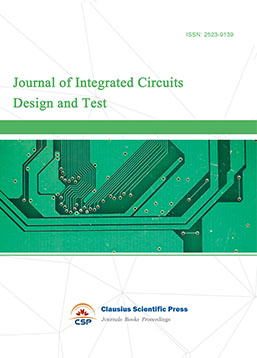
-
Journal of Ultrasonics

-
Antennas and Propagation
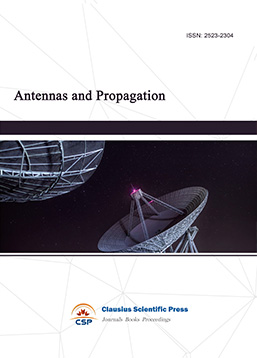
-
Optical Communications
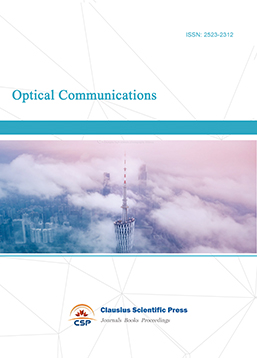
-
Solid-State Circuits and Systems-on-a-Chip
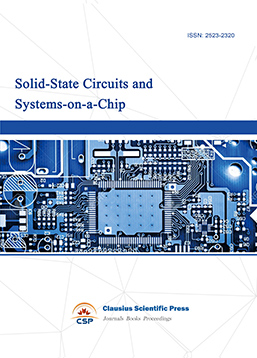
-
Field-Programmable Gate Arrays

-
Vehicular Electronics and Safety
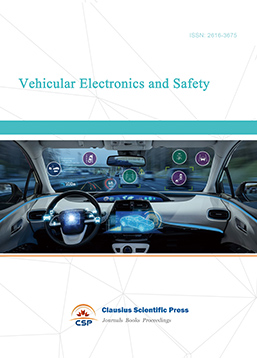
-
Optical Fiber Sensor and Communication
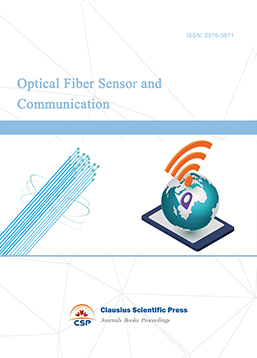
-
Journal of Low Power Electronics and Design
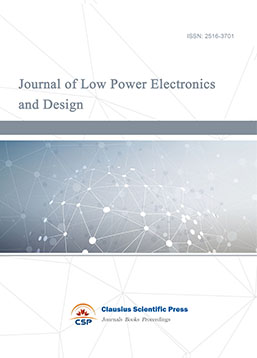
-
Infrared and Millimeter Wave
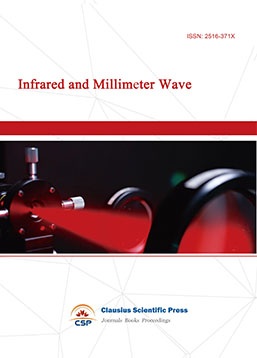
-
Detection Technology and Automation Equipment
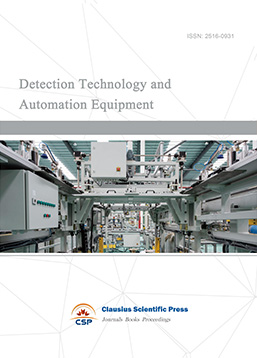
-
Journal of Radio and Wireless

-
Journal of Microwave and Terahertz Engineering
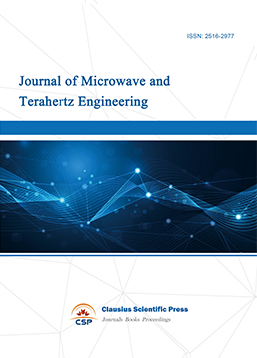
-
Journal of Communication, Control and Computing
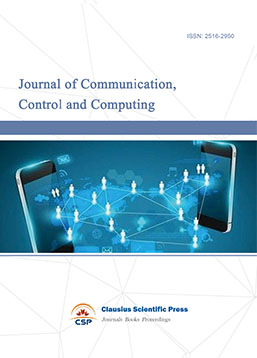
-
International Journal of Surveying and Mapping
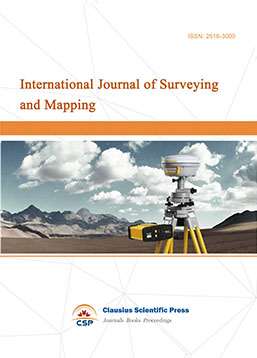
-
Information Retrieval, Systems and Services

-
Journal of Biometrics, Identity and Security

-
Journal of Avionics, Radar and Sonar
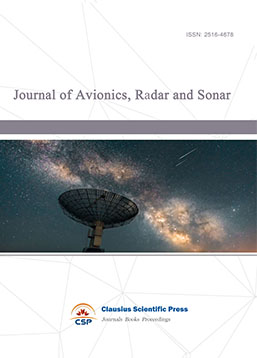

 Download as PDF
Download as PDF